Focus on Cost Efficiency
Cost efficiency remains a paramount concern for manufacturers, influencing the turning tools market significantly. As companies strive to reduce production costs while maintaining quality, there is a growing emphasis on tools that offer longer life and better performance. The demand for high-performance turning tools that can withstand rigorous machining conditions is likely to increase. This focus on cost efficiency may drive manufacturers to invest in advanced turning tools that provide better value over time. Consequently, the turning tools market is expected to adapt to these demands, leading to innovations that enhance tool durability and reduce operational costs.
Increased Investment in R&D
Investment in research and development (R&D) within the turning tools market is on the rise, driven by the need for innovation and improved performance. Companies are focusing on developing new materials and coatings that enhance tool life and performance. The US government has also been supporting R&D initiatives, with funding allocated to advanced manufacturing technologies. This investment is likely to result in the introduction of cutting-edge turning tools that meet the evolving needs of various industries. As a result, the turning tools market may experience a surge in new product offerings, catering to diverse applications and enhancing competitiveness.
Emergence of Smart Manufacturing
The turning tools market is likely to benefit from the emergence of smart manufacturing practices. As manufacturers adopt Industry 4.0 technologies, the integration of IoT and data analytics into machining processes is becoming more prevalent. This shift enables real-time monitoring and optimization of tool performance, which can enhance productivity and reduce waste. The turning tools market is expected to see a rise in demand for tools that are compatible with smart manufacturing systems. This trend may lead to the development of advanced turning tools equipped with sensors and connectivity features, aligning with the broader movement towards automation and efficiency.
Growth of the Manufacturing Sector
The resurgence of the manufacturing sector in the US is a critical driver for the turning tools market. With the manufacturing output reaching approximately $2.4 trillion in 2025, there is a heightened need for efficient machining processes. Turning tools play a vital role in enhancing productivity and reducing cycle times in manufacturing operations. As companies invest in modernizing their facilities and upgrading machinery, the turning tools market is poised for growth. This trend is further supported by government initiatives aimed at boosting domestic manufacturing, which may lead to increased investments in turning tools and related technologies.
Rising Demand for Precision Engineering
The turning tools market is experiencing a notable increase in demand driven by the precision engineering sector. Industries such as aerospace, automotive, and medical devices require high-precision components, which in turn necessitates advanced turning tools. The market for precision engineering in the US is projected to grow at a CAGR of approximately 5.5% from 2025 to 2030. This growth is likely to enhance the demand for turning tools that can deliver superior accuracy and surface finish. As manufacturers strive to meet stringent quality standards, the turning tools market is expected to benefit significantly from this trend, leading to innovations in tool design and materials.


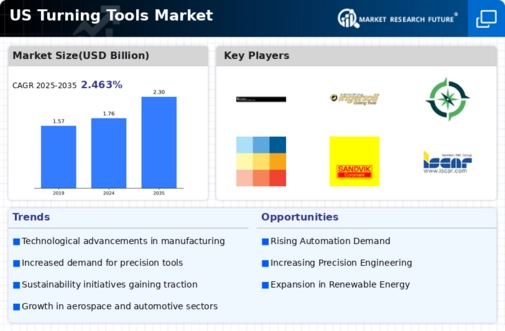
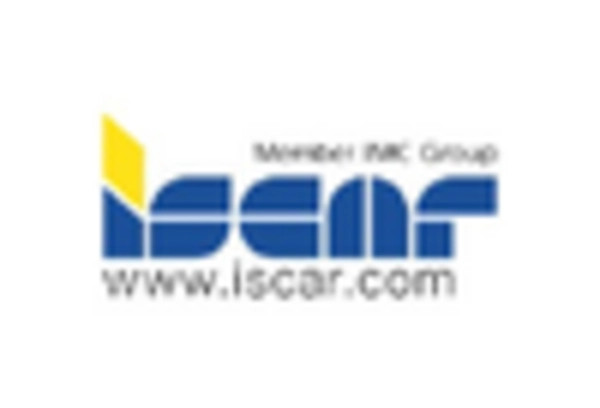

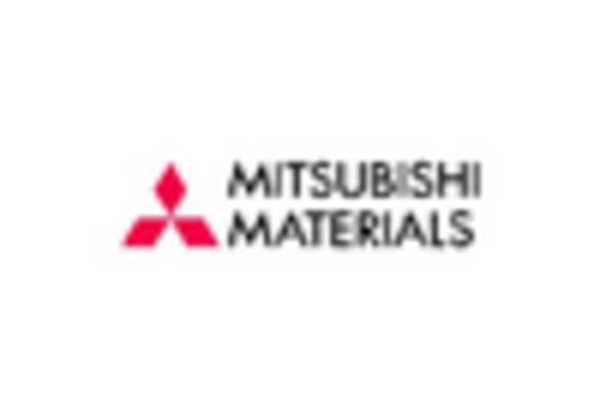
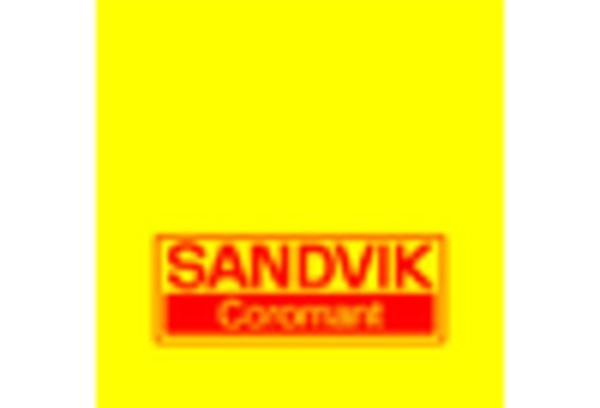

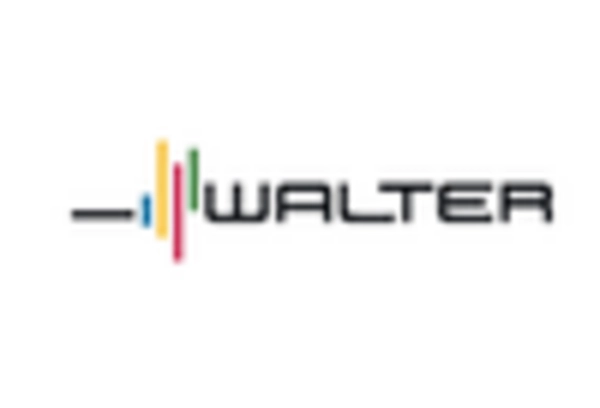








Leave a Comment